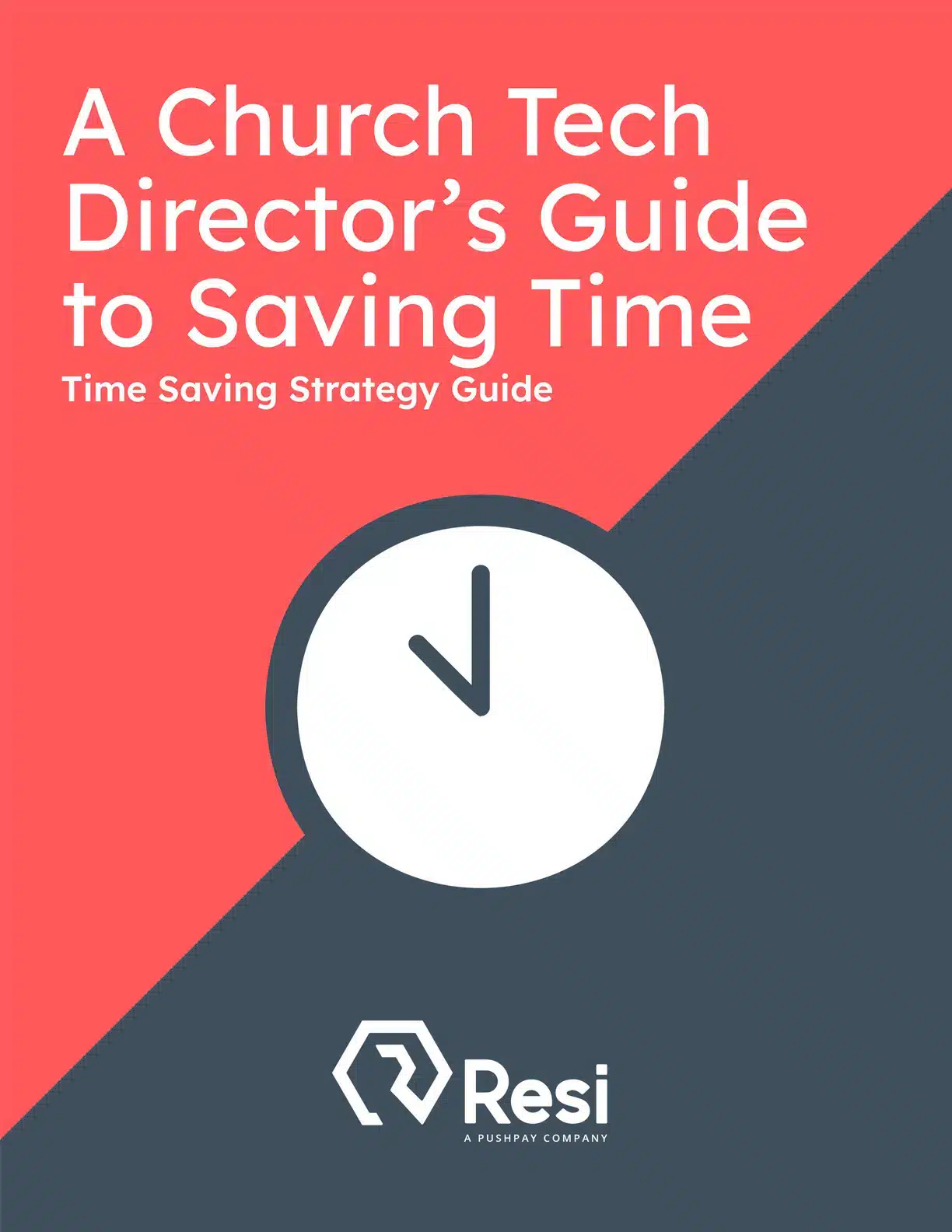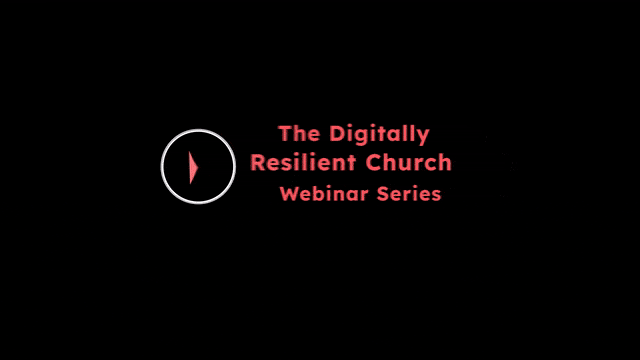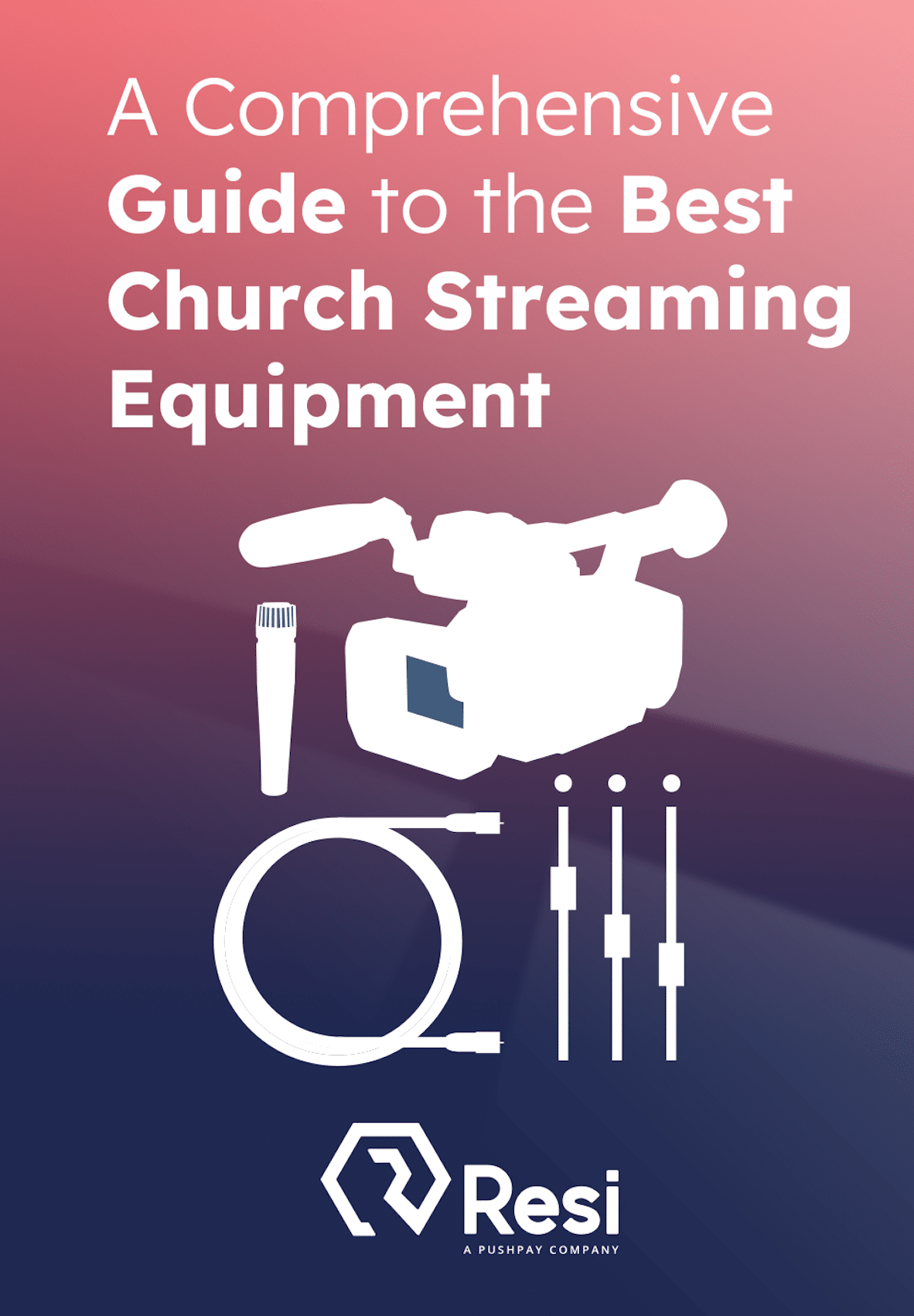
The most difficult and rewarding aspect of my church production career was the volunteers I worked with.
The men and women I served with to create physical and digital worship experiences were vital to my life and ministry. Not only did they provide the church with ministry success, but they became friends upon whom I relied on.
Unfortunately, things were not always great. People get busy. Burnout can happen. Priorities sometimes shift. Relationships waned. Zeal fades. Church volunteers who were once the most dependable suddenly become flakey.
So, how can we enhance our church volunteer program? Is it possible for volunteers to take full ownership of the ministry? Can they shoulder responsibilities effectively? What steps can we take to reach that point?
Here are four ways to increase the commitment of your church volunteers.
#1: Cast Vision
I’ve been teaching my 13-year-old seventh-grader son how to direct a camera during service. We attend a small church plant, so the pressure for success isn’t as high. It’s a fun father-son opportunity for me. One Sunday after church, my son was very frustrated because of tech issues and said, “I don’t understand why we do all this work. No one watches these services online anyway.”
Ironically, the previous Sunday service had over 100 views on YouTube, and podcast downloads were also close to that range. Realistically, our small church plant reaches almost as many people digitally during the week as it does physically on Sunday morning.
Behind the Screen: What Do We Know About Online Church?
See our findings about online church and gain important insight into your online audience.
Download for free!
It occurred to me, at that moment, that I’d been teaching my son HOW to do technical things, but had yet to explain the WHY to him. I wish you could have seen his face when he realized 100 people were watching his work on the video switcher. Interestingly, now he’s not as frustrated when small glitches happen.
That’s the beauty of casting vision. When volunteers understand the Why, it gives them patience when there are issues with the What and How. The actions and methods employed matter, yes, yet the crucial element for garnering support lies not in the What and How, but in the Why.
#2: Ask and Listen
Here’s an opportunity to shift your leadership style. It’s very easy in church settings to operate from a top-down mindset. But to develop volunteers who are more than just doers, to develop them into leaders and give them some agency, you’ll need to ask them questions and listen to them.
Oftentimes, I’d involve my video director—a volunteer—in stage layout so he could figure out what lanes were available for shots. Or I’d talk with our volunteer lighting director about digital backdrops I was considering to find the ones that worked best with lighting schemas. As a Production Director at a multisite megachurch, I often already knew the answers to the questions I was asking. But through involving the volunteers into the decision-making process, I was offering them an opportunity to “buy into” the final product (and they sometimes surprised me with better ideas than I had).
In the short run, leading top-down is a quicker way to get things done. In the long run, asking more questions and developing volunteer leaders allowed my teams to grow, but more than that, the volunteers felt valued, appreciated, and needed. These emotional feelings build trust between you and the volunteer.
If they come to you with an experimental idea or “out of the box” concept, don’t say “No” too quickly! Find ways to test it. Any experiment needs to be tested and then iterated. From a volunteer perspective, there’s no bad idea. There are just learning opportunities for them and teaching opportunities for you.
#3: Build Relationships Outside of Work
Do you know the people who are serving alongside you? How are their marriages? Their kids? Their work? How involved are you in their lives? If we don’t have a healthy relationship with our volunteers, we can be perceived as demanding or abusive because of the lack of relational context. Bluntly, if the only way our teams hear from us weekly is an email or text message, that isn’t good.
Relational equity will be necessary to lead volunteers in the church. Take the time to know people. Hang out in between services together. Grab a meal together. Meet their spouse and kids, and show appreciation to the family for their sacrifice, allowing their spouse to serve with you. Text them regularly, not guilting them for showing up late, but sharing encouraging Scripture or powerful feedback that someone shared about a recent church service. Create a Slack, Discord, or WhatsApp channel and invite your production volunteers. Let them hang out together and learn from each other.
#4: People over Process or Product
In some churches, this may be hard. Some church cultures are driven by perfection and excellence in execution. While not necessarily a bad thing, it can be taxing, exhausting, and demoralizing on the volunteers. Some churches opt to follow a structured process, which isn’t necessarily a negative approach. However, in such environments, volunteers might sometimes feel undervalued or overlooked.
From the volunteer perspective, I’d challenge you to value your volunteers’ health, stability, and relationship over everything else. As pastors and leaders of a church, how you lead them will impact their view of God. And regardless of the stress surrounding that 9am church service, we cannot misrepresent Christ in our context because of quality or process concerns.
Putting people first always gets you the outcome you need in time.
Sometimes the Answer is to Get More Volunteers
Recently, I’ve been working a lot with church planters starting new expressions of church.
When a church is in startup mode, the church often doesn’t have funding to pay anyone a full-time salary, so often the pastor and key leaders of the church are what’s called “bi-vocational,” where the pastor works a 9-5 job outside of the church to make money.
Having spent time working bi-vocationally, I can tell you that it’s frustrating working in that context. Bi-vocational pastors understand—probably better than anyone—that there are boundaries and limitations you can push someone. Sometimes, that volunteer just doesn’t have the bandwidth to do something else.
Taking Back Monday: A Church Tech Director’s Guide to Saving Time
With this resource, you can take back time on Mondays and focus on what matters most—serving your ministry.
Download for free!
The answer isn’t always to go deeper and stretch your current volunteer base. Sometimes, it’s to get more volunteers on your team. And that’s a great topic for an upcoming blog post—coming soon.







